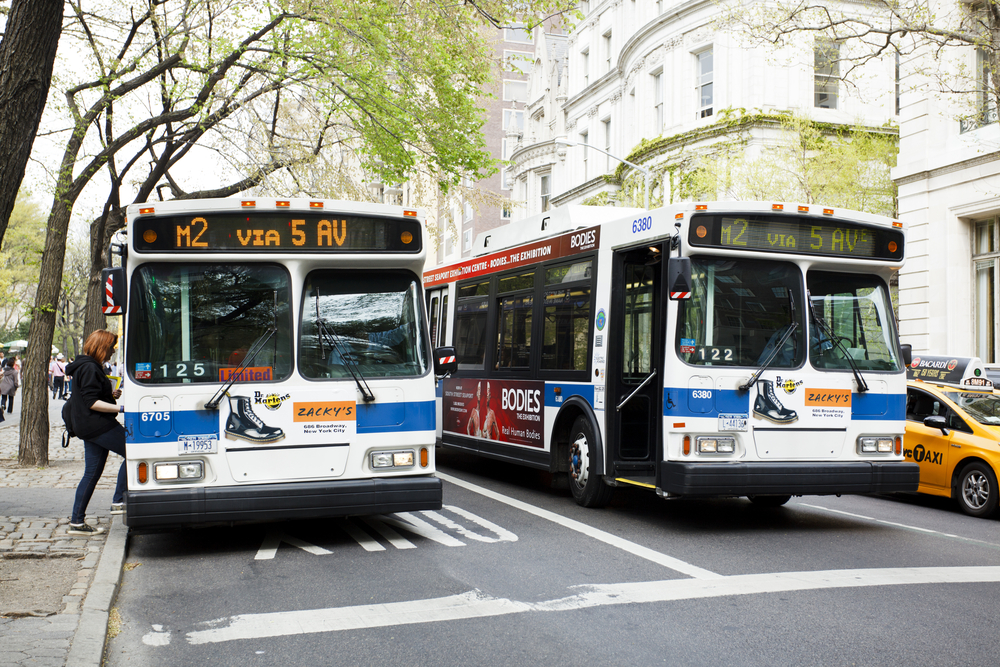In April 2015, we emptied our Oyster Bay home of twenty-five years and downsized to an apartment in New York City. It was rushed. Although our home had been on the market for nearly a year, when a likely buyer finally appeared, we had only six weeks to find a new place and actually move. I was working full time, and my spouse, who worked from home, was little help in the process of organizing the move. His Parkinson’s Disease was not only causing a tremor on the left side of his body, but it was affecting his cognition, especially executive function and planning. With the help of our adult daughter, Lena, and her crew of wonderful women friends, on the weekends, we made those critical decisions about everything that a 3700 square foot house might contain: dump it, store it, sell it, or give it away.
First, my husband and I moved into a month-to-month rental in a building on Second Avenue where mostly young people, straight out of college, lived. A month later, we closed on a new apartment, which would require almost a year of renovations. For that time period, we felt fairly rootless, although a significant number of our Long Island friends had begun to do what we had done: selling their houses and moving into Manhattan for retirement. Our community was reconstituting itself. Even our book group reconvened – with new members, of course, but with the core intact.
Wini was one of my Long Island friends who made the move to an apartment in Yorkville. We excitedly bought tickets for a full day of theater. “Wolf Hall,” the play based on the Hillary Mantel novels, had arrived from London, and we treated ourselves to parts I and II on a Sunday. When the plays were over, we said our goodbyes, Wini off to the subway and I off to the 42nd Street crosstown bus. It was 10:00 on a Sunday night, when the buses ran on a light schedule.
We were three women at the bus stop, all of us in our late sixties, all of us impatient for the bus to arrive. Our skins were different colors, our clothes from different shops. But we joined together on that mild and quiet summer evening to wait together. At some point, each of us looked at our phone apps to determine when the next bus might arrive. “My app says the bus is still at Tenth Avenue,” I began. Another woman looked at her phone, and remarked, “Yes, still at Tenth Avenue.” And the third woman scanned the Quick Response code on the bus stop kiosk to confirm our findings.
“I learned how to use these apps from my daughter,” each woman joined in enthusiastically. Our adult children or grandchildren had brought all of us into the age of smartphone technology, expanding our knowledge and our independence. We waited for at least twenty minutes that night for the crosstown bus to arrive, sharing our commonalities and caring for our vulnerabilities. We were older women traveling alone at night and our tender conversation made the time pass so that we were not really alone.
It’s been five years since I moved to Manhattan, and as a volunteer for the League of Women Voters, I travel throughout all five boroughs by bus, subway, and ferry teaching about voting. I’ve found many instances of these immediate communities among older women taking public transportation during the day and at night.
We are the Secret Society of Invisible Older Women. We see each other when no one else does. And we respond to each other with generous temporary bonds of community, for our mutual safety and pleasure, beyond race, class, and national origin. The conversations start easily: a compliment about a hat, an inquiry about a pair of comfortable shoes, or directions, and they always end with a smile and a gracious goodbye.

Follow us here and subscribe here for all the latest news on how you can keep Thriving.
Stay up to date or catch-up on all our podcasts with Arianna Huffington here.


